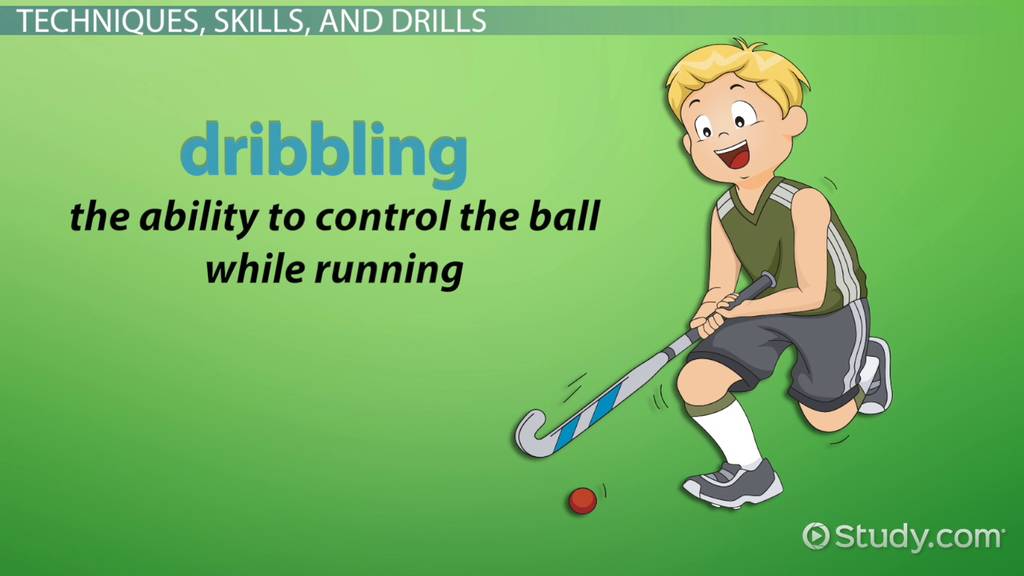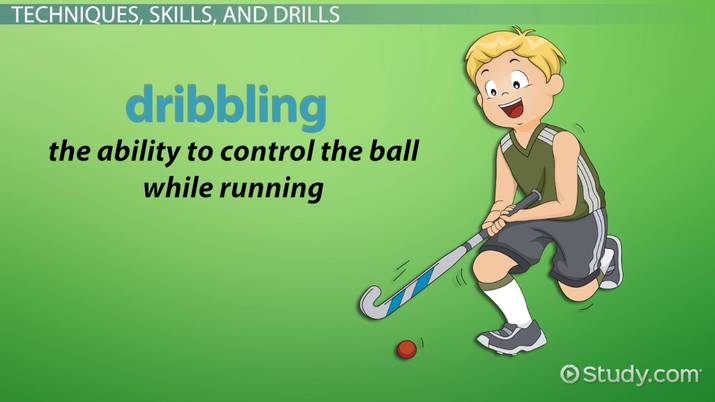In hockey, an empty net refers to a situation where a team removes its goaltender, leaving the goal unattended. This strategic maneuver allows the team to add an extra attacker on the ice to improve its offensive capabilities and potentially score crucial goals.
Hockey teams employ this tactic, usually in the final minutes of a game when they are trailing by two goals. By sacrificing the goaltender for an extra skater, the team aims to increase its chances of scoring and either tying the game or reducing the goal deficit to one.
However, this strategy comes with significant risk, as the opposing team may capitalize on the unguarded net and score an easy goal. Understanding the rules and strategic implications of empty net situations is crucial for both players and fans alike.

Credit: www.bostonglobe.com
Table of Contents
Significance
Empty net goals in hockey have a significant impact on the outcome of a game. When a team decides to pull their goalie, they are essentially opting for an additional skater to bolster their offensive capabilities. This strategic move can either lead to a game-tying goal or bring the team within one goal of their opponent. However, it also exposes the team to the risk of the opposing team gaining control of the puck and easily scoring a goal. Understanding the impact and strategic implications of empty net goals is crucial for teams to make informed decisions in critical moments of a game.
Impact Of Empty Net Goals
Empty net goals have a profound impact on the momentum and final score of a hockey game. These goals usually occur in the final minutes of a game when a team is within two goals of their opponent. By pulling their goalie, the team gains an extra attacker, increasing their chances of scoring. If successful, an empty net goal can either tie the game or narrow the goal differential to just one. On the other hand, if the opposing team gains possession of the puck, they have an open net to shoot at, increasing the likelihood of scoring and widening the goal differential.
Strategic Implications For Teams
When deciding to pull their goalie, teams must carefully consider the strategic implications. One of the main advantages of pulling the goalie is the extra skater on the ice, which can create more offensive opportunities. However, this strategic maneuver also exposes the team to the risk of allowing an empty net goal. Therefore, teams must weigh the potential rewards of an offensive surge against the potential drawbacks of a defensive vulnerability. Coaches must assess the current game situation, time remaining, and their team’s offensive skill level before making the decision to pull the goalie.
Strategically, teams may choose to pull their goalie during a power play, especially if they are trailing by two goals. By having a 6-on-4 advantage, the team increases their chances of scoring and potentially shifting the momentum of the game in their favor. However, this maneuver still carries the risk of an empty net goal against them, as the opposing team can take advantage of the additional space on the ice.

Credit: study.com
Rules
In hockey, an empty net occurs when a team pulls their goalie for an extra attacker, risking a defenseless goal. This strategic maneuver aims to increase scoring opportunities in pivotal moments of the game.
Treatment Of Empty Net Goals In Scoring
In ice hockey, empty net goals have specific rules regarding their treatment in scoring. When a team scores a goal with an empty net, it is considered an even-strength goal. No plus/minus points are awarded to either team in this scenario, regardless of whether the goal is scored by the team on a power play or not. Therefore, empty net goals are treated the same as even-strength goals unless the scoring team is on a power play. Penalty shot goals are excluded from this rule.
Effects On Goalies
Empty net goals do not count against a goalie’s goals against average (GAA) or save percentage. When a goalie leaves the ice surface or begins to exit the crease, their minutes played are stopped. An empty net scenario presents a significant risk for the team without a goaltender, as the opposing team can easily exploit the situation and score a goal with no defensive barrier in place.
Strategic Maneuvers
Discover the essence of “Empty Net” in hockey, unlocking strategic plays when teams ditch their goaltender for an extra attacker. Witness the risky, yet dynamic maneuvers to secure game-changing goals in the face of vulnerability.
Sure! Here’s a section of a blog post about “Empty Net Meaning in Hockey: Rules And Strategic Maneuvers” focusing on the subheading: Strategic Maneuvers. “`htmlPulling The Goalie
One strategic maneuver in hockey that can turn the tide of a game is the act of pulling the goalie. This daring move involves the team sacrificing defensive security in favor of an extra offensive player. This decision is usually made when a team is trailing in the final minutes of a game and needs to score to either tie or decrease the goal deficit. By removing the goalie, the team gains an additional skater, creating a more formidable presence in the offensive zone. However, this move comes with inherent risks, as the empty net leaves the opposing team with a prime opportunity to score if they gain control of the puck.
Offensive Advantages And Risks
Opting for an empty net comes with both offensive advantages and risks. With an extra skater on the ice, the team has the potential to apply additional pressure on the opposing defense, increasing their chances of scoring. This aggressive play often creates an intense and thrilling environment for fans, as the team attempts to capitalize on the added offensive strength. However, leaving the goal unattended introduces significant vulnerabilities, as the opposing team has more room to maneuver and capitalize on the empty net, posing a greater threat of scoring.
Effectiveness And Controversies
Analysis of Empty Net Strategies:
When it comes to empty net situations in hockey, teams have developed various strategies to maximize their chances of scoring and minimize the risk of conceding goals. Let’s take a closer look at some of these tactics:
- Delayed Clearing: One strategy employed by teams with an empty net is to hold onto possession of the puck and delay clearing it from their defensive zone. By doing so, they aim to run down the clock and prevent the opposing team from gaining control and scoring.
- Defensive Formation: Another common tactic is for the team with the empty net to set up a tight defensive formation around their own goal. This makes it difficult for the opposing team to find open shooting lanes and increases the likelihood of blocking shots.
- Long Passes: Some teams opt for long passes from their own zone, trying to catch the opposing team off-guard and create a breakaway opportunity. This strategy requires precise timing and execution but can be highly effective if successful.
Debates in the Hockey Community:
The use of empty net strategies in hockey has sparked debates within the hockey community. Some argue that pulling the goalie and employing these tactics gives a team a better chance of equalizing or winning the game. They point to numerous instances where teams have successfully scored with the empty net, altering the outcome of the game. Supporters of this strategy believe that taking risks can lead to rewarding results.
On the other hand, there are skeptics who criticize the use of an empty net and the associated strategies. They argue that it disrupts the flow of the game and goes against the principles of fair play. Critics believe that empty net tactics can sometimes lead to an imbalanced and less exciting end to the game.
Overall, the effectiveness of empty net strategies in hockey is subjective and situational. It depends on the specific circumstances of the game, including the scoreline, the time remaining, and the skill level of the teams involved. Coaches and players must carefully weigh the potential benefits and risks before deciding to pull the goalie and employ these strategic maneuvers.

Credit: study.com
Frequently Asked Questions Of Empty Net Meaning In Hockey: Rules And Strategic Maneuvers
What Does An Empty Net Mean In Hockey?
An empty net in hockey refers to when a team removes their goaltender from the ice, leaving the goal unattended. This gives them an extra attacker but also puts them at risk of the opposing team scoring easily. Empty net goals occur when a team pulls their goalie to try to score and either tie or get within one goal.
Is An Empty Net Goal Considered Even Strength?
Yes, an empty net goal is considered even strength unless the scoring team is on a power play.
Do You Get A Minus For An Empty Net Goal?
Yes, a minus is given to the players on the ice when an empty net goal is scored.
Do Empty Net Goals Count Against Goalies?
Empty net goals do not count against goalies’ save percentage or goals against average. When a goalie leaves the ice or begins to exit the crease, their minutes played are stopped.
Conclusion
In hockey, an empty net occurs when a team pulls their goalie, leaving the net defenseless, in order to gain an extra attacker and increase their chances of scoring. This strategic maneuver is often employed in the final minutes of a game when the team is within two goals.
Empty net goals are not counted against a goalie’s save percentage or goals against average. It is a risky move that can either pay off or result in the opposing team easily scoring a goal. Understanding the rules and strategic aspects of an empty net can help teams make informed decisions during crucial moments of a game.
